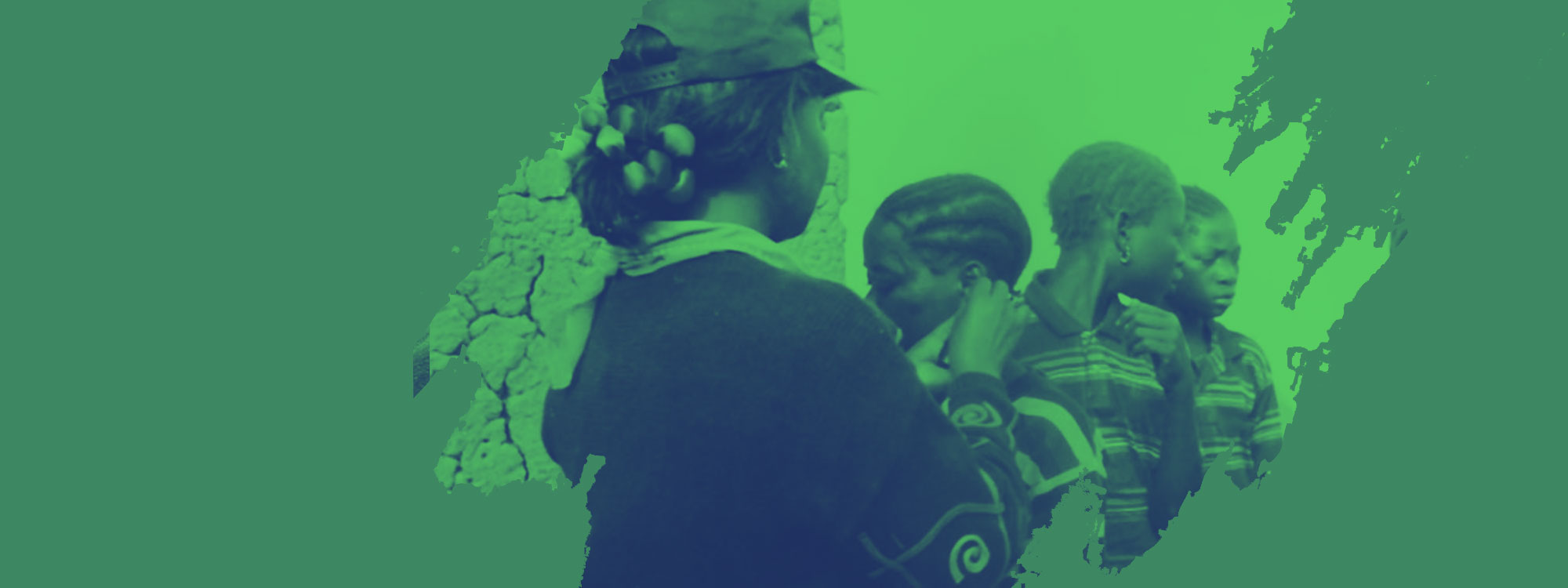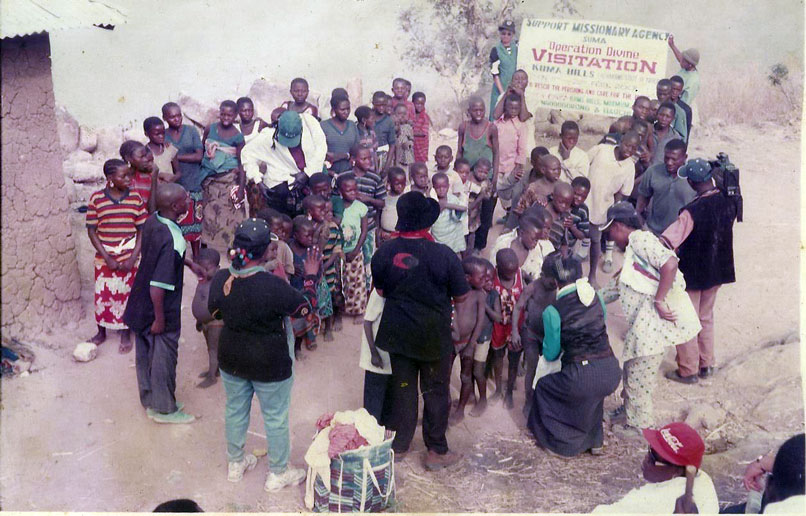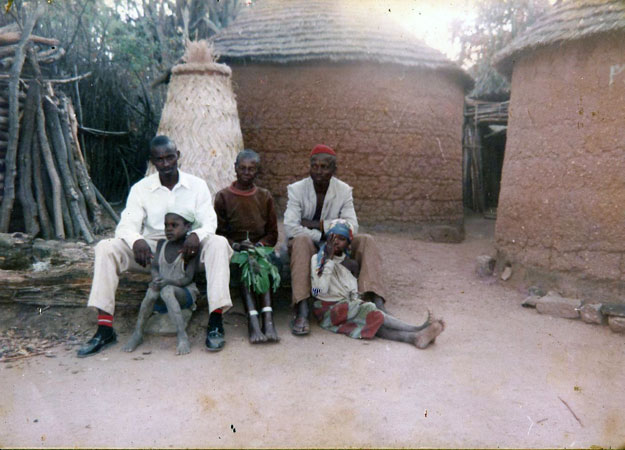
Story Details


SUMA in KOMA hill
The lifestyle of a community is the reflection of the morals, norms and values of her people. So KOMA customs and traditions are interwoven and cannot be ignored as it is a parameter to measure their lifestyle.
Koma people were victims of circumstances. History has it that they were fugitives of the Jihad war in the 19th century in the Northern part of Nigeria-Sahara desert, led by Utwan Dan Fodio, the Islamic war-lord. They fled to Atlantika Mountain, presently Constituting a distinct ethic minority in Jeda local Government Area, Adamawa state in the North East of Nigeria's geo-political zones.
They lived in isolation and hence were insulated from civilization, socioeconomic, political, cultural and tradition metamorphosis. By so doing they lived a life void of civilized norms and values. Their life style can be said to be as primitive as that of the stone ages, when men lived in caves.

Koma people were victims of circumstances. History has it that they were fugitives of the Jihad war in the 19th century in the Northern part of Nigeria-Sahara desert, led by Utwan Dan Fodio, the Islamic war-lord. They fled to Atlantika Mountain, presently Constituting a distinct ethic minority in Jeda local Government Area, Adamawa state in the North East of Nigeria's geo-political zones.
They lived in isolation and hence were insulated from civilization, socioeconomic, political, cultural and tradition metamorphosis. By so doing they lived a life void of civilized norms and values. Their life style can be said to be as primitive as that of the stone ages, when men lived in caves.
Till recently when God began to visit them, causing them to be systematically incorporated into the socio-economy and political main stream of Nigeria due to the activities of missionaries like SUMA, and many others who God sent them. SUMA visited Tantali village Atlantika Local Government Area of Adamawa State after under-going six months of intensive training. It was a period of physical, social physiological and spiritual drilling because no man goes to war without first of all counting the cost.
The word KOMA is an Hausa language which means 'GO BACK'. As a result, enemies could not reach them at these mountainous terrain and other supernatural forces prevented their enemies from having access to their new settlement.
KOMA CUSTOMS AND TRADITION
The lifestyle of a community is the reflection of the morals, norms and values of her people. So KOMA customs and traditions are interwoven and cannot be ignored as it is a parameter to measure their lifestyle.
Burying of infants alive: Newborn babies, whose mothers died during delivery or shortly after birth, were buried alive. According to their customs, they believe that if such a child is allowed to live, the spirit of the dead mother would hunt and kill whoever tried to take care of him/her.
Male circumcision:During this epic event teenage boys are camped in thick forests for at least three months, where they are initiated to their god called KYANU and taught the secrets of the deity. They are warned not to divulge these secrets to their mothers or any female partner. This ritual serves as an initiation process to manhood.
System of marriage in KOMA: Marriages are contracted basically for sexual and economic reasons. Such that at the age of ten a child is beginning to search for the right girl or woman for himself.
Second front teeth removed: in another village called MANI, tooth removal was the symbol of married women. It represented their wedding ring. Tooth removal also serves as an initiation into womanhood just like male circumcision was an initiation into manhood they also celebrate it with lavish festivity among the people.
RELIGION
One can deduce that KOMA people were victims of Ancestral Legacies and their consequences. There are three major religions that KOMA people practice. Viz, Islam, Christianity, Traditional Religion or Idol worship. Pre-dominantly the KOMA's are idol worshippers.
They have a central deity (god) called 'KYANU' which forms the center-piece of KOMA people's religious practice. They have a central shrine with a Chief Priest that presides over the decisions of the people in matters relating to rituals, sacrifices, future-telling and forecasting when danger, catastrophe or doom is about to befall the people.
RESCUE OF BABY ESTHER
Apart from the bountiful harvest of souls saved, the Lord through us rescued a baby girl who we named Esther, with the help of other missionaries. She was delivered from the fangs of death. This baby was to be buried alive, as customs demands because her mother died after her delivery. Condemning (in the spirit of love) such customs and practices, we pointed out to them from the word of God the consequences of such practices.
They saw reason with us and came to know that God’s blessing cannot be seen as a curse. I equally will love to use this opportunity to encourage missionaries to work hand in hand with each other so as to get quicker and better results. The work of God demands urgency and co-operation, that is to say there is need for us to complement each other. Knowing that at the end everyone will be rewarded by God accordingly.





















